Supply chain as an industry has transitioned from backroom proceedings to the front and center of global news. Now, more than just those within the industry understand its importance as a focal point within the global economy.
But, within this age of disruption we find ourselves, many supply chains are struggling to play catch up, failing to reinvent working ways that can align with this new age and withstand further volatility that may present itself.
So, what exactly is going wrong? The answer to that is nuanced, and cannot be answered in one single blog. The truth is a lot needs to change to create resilience across the supply chain industry. But, there are three things in particular, that if supply chain leaders stop doing, it will have a knock-on effect throughout the supply chain for the greater good.
Stop delaying digital transformation
Digital transformation has the spotlight right now. In short, businesses that show continued reluctance in starting their digital transformation journey within their supply chain are going to fail, and fast. We say journey because digital transformation is not a box-ticking exercise. Keeping your supply chain up to date with the latest technologies and capabilities can not be achieved overnight, nor can it ever be ‘done’. The brilliance of technology means new advancements are always being produced to enhance the visibility, automation, and analytics we require.
However, just because this is a long process, does not mean it should not be started now. PwC found that only 50% of CFOs outlined a plan to accelerate automation and new ways of working to streamline processes. Let us tell you that if you do not fall within the 50% who are prioritizing optimizing the cloud, IoT, AI, and other advanced technologies to grant you better end-to-end visibility on your supply chain, your supply chain will quickly become even more inefficient.
This isn’t just about using new technologies for the sake of it. We all like playing with shiny new toys, but this is about improving cost, service, and agility by systemically improving your organizational practice. The impacts of digital transformation don’t just affect your job, but drastically improve customer satisfaction, providing them with inventory insight like never before.
Stop shouting about sustainability, and start acting sustainably
With social media, it’s all too easy for companies to shout about sustainability online, with little substance to back up their preaching.
Greenwashing is everywhere, and it has to stop.
Let’s put aside the colossal fact that just eight global supply chains account for more than 50% of annual greenhouse gas emissions for a second, and talk about business implications.
From a customer perspective, people are becoming more conscious every day of their shopping habits, meaning your efforts to decarbonize your supply chain directly impact the likelihood by which consumers choose to shop within your company – and this is only becoming more and more the case. Today, 90% of Gen X consumers are willing to spend an extra 10% more for sustainable products, up from 34% in 2020.
The problem is, there is a discrepancy between what consumers want, and what companies think consumers want. A recent First Insight report found that two-thirds of consumers say they will pay more for sustainable products, meanwhile, two-thirds of retailers believe consumers will not pay more for sustainable products. It goes to show that consumers no longer always think cheap is cheerful, especially if it’s costing the climate.
Another side of creating a more sustainable supply chain is about future-proofing. McKinsey outlined that the COVID pandemic and the related supply chain crisis brought a once-in-a-generation opportunity to future-proof supply chains with three priorities: resilience, agility, and sustainability, and when done properly these three priorities work in tandem to create a truly efficient supply chain.
Understandably, sustainability and ESG priorities fell down the list of must-do’s during this time of almost constant chaos. But in this age of disruption, we must stop focussing on one priority and instead think of each as a vital cog within the machine. Digitally transformed supply chains have increased visibility, enabling clear pathways to sustainability that deliver real operational results, leading to more agile and resilient supply chains.
Stop using old-hat methods to attract new talent
The rate at which the Baby Boomer generation is retiring versus the rate at which new supply chain talent is being hired is causing a disparity that urgently needs to be addressed.
The problem is, many supply chain leaders still believe old-hat recruitment methods still suffice in hiring new talent, and this just isn’t the case.
By solving this recruitment crisis, we can solve other problems throughout supply chain too. Take our earlier point of digital transformation. Supply chains need talent that understands these technologies and advanced capabilities in a way that allows them to be operationalized within a supply chain. That talent, more often than not, are the digital native professionals, the Gen Z’s and millennials, whose careers have revolved around this kind of technical teaching.
Stop trying to teach an old dog new tricks, and bring in the ‘puppies’ who can adjust to the necessary new ways of working. To do that, you as a company need to make your purpose and mission known – and that is when new talent will be attracted.
It’s not going to happen overnight
It’s easy to criticize. Problems present themselves much louder than practices that are being done right. And that’s exactly why these ongoing problems within supply chain must stop being ignored.
Supply Chain leaders by default are forward thinkers, but it’s time as an industry, we start looking forward, leaving behind the practices which no longer serve our global supply chains productively.

